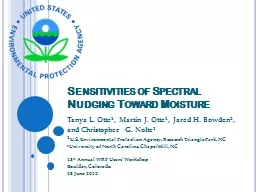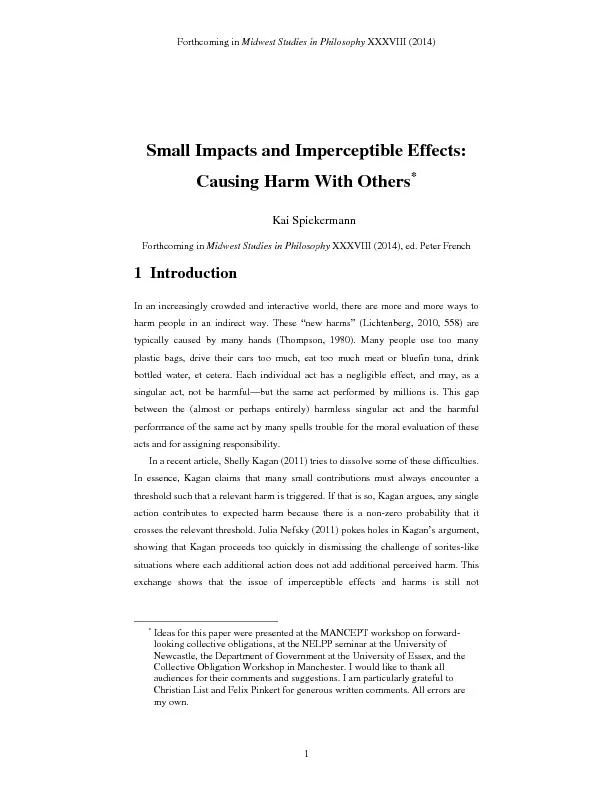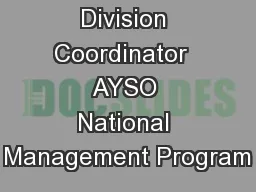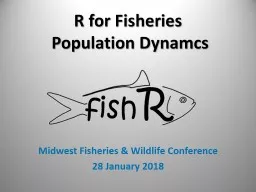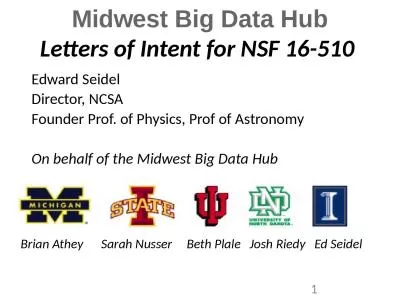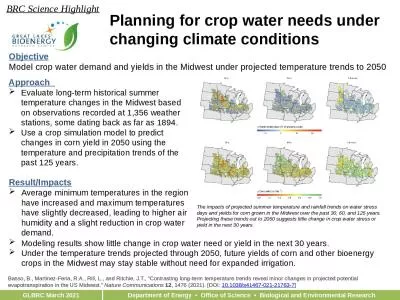PPT-Phil Delphey Section 7 Coordinator Midwest Region U.S.
Author : phoebe-click | Published Date : 2019-11-04
Phil Delphey Section 7 Coordinator Midwest Region US Fish and Wildlife Service Typically proposed when species listing is proposed Dr Mike Floyd USFWS Typically
Presentation Embed Code
Download Presentation
Download Presentation The PPT/PDF document "Phil Delphey Section 7 Coordinator..." is the property of its rightful owner. Permission is granted to download and print the materials on this website for personal, non-commercial use only, and to display it on your personal computer provided you do not modify the materials and that you retain all copyright notices contained in the materials. By downloading content from our website, you accept the terms of this agreement.
Phil Delphey Section 7 Coordinator Midwest Region U.S.: Transcript
Download Rules Of Document
"Phil Delphey Section 7 Coordinator Midwest Region U.S."The content belongs to its owner. You may download and print it for personal use, without modification, and keep all copyright notices. By downloading, you agree to these terms.
Related Documents


